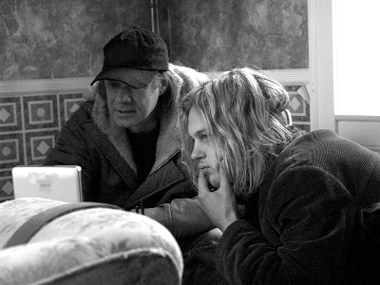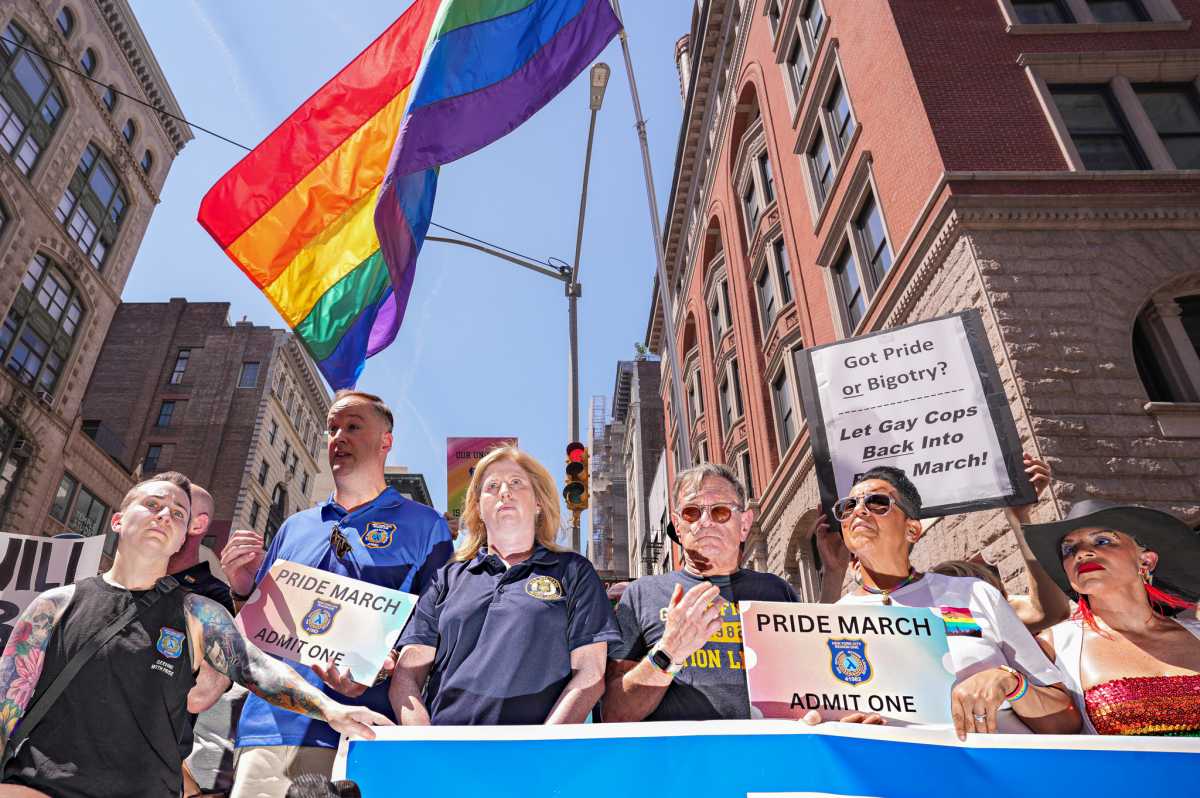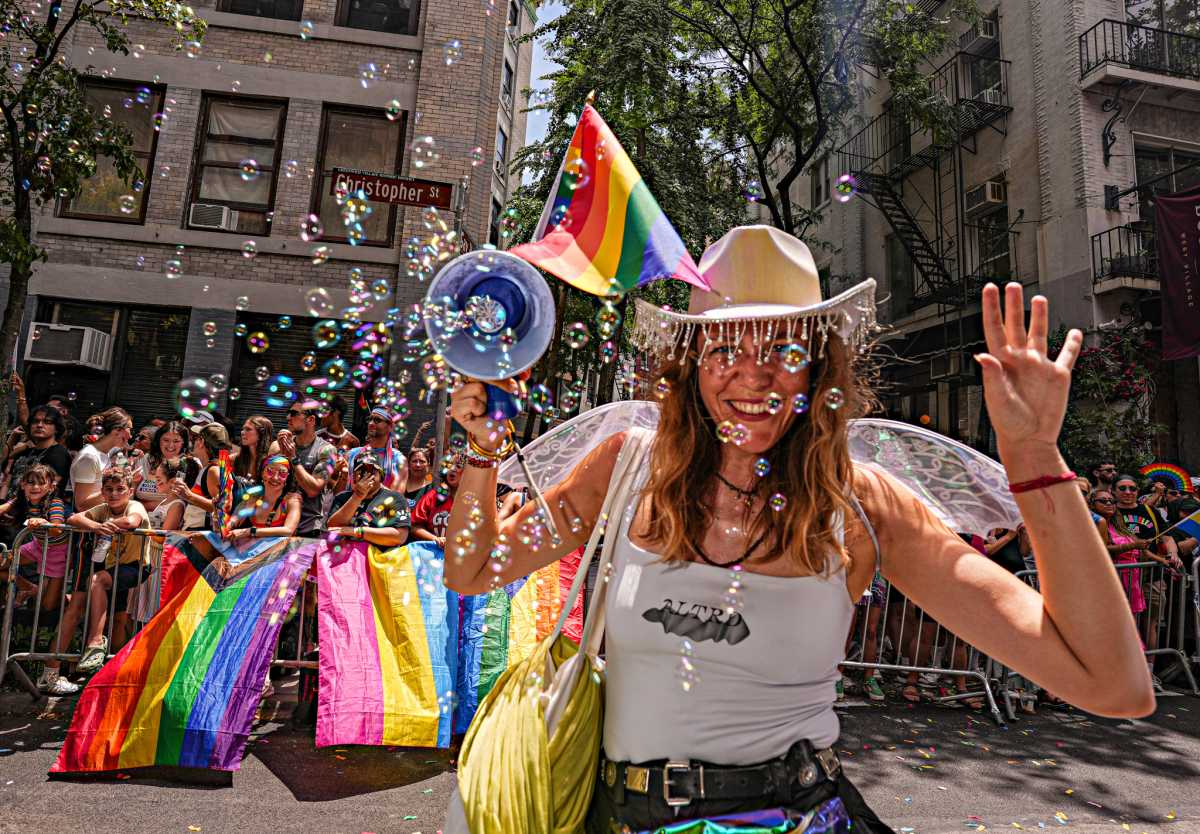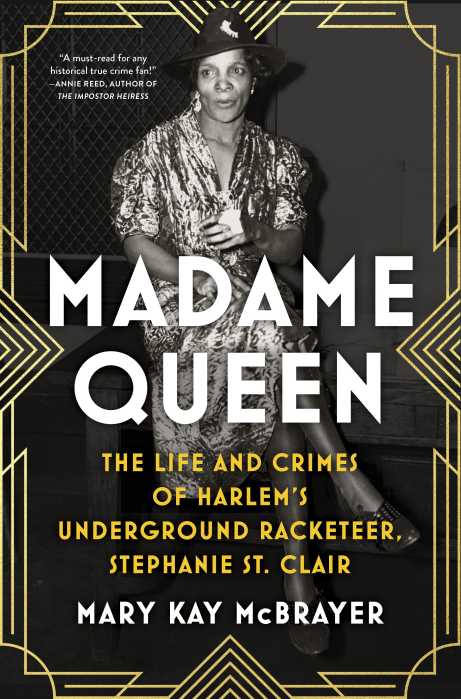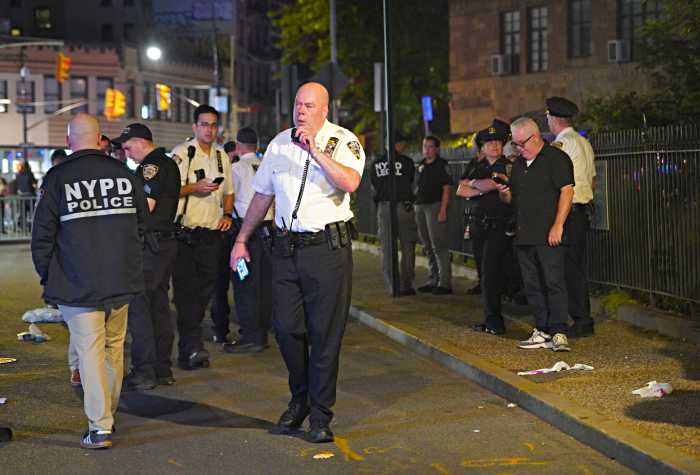A gay director reflects on what he knows about Kurt Cobain’s death
Inspired by the final hours of Kurt Cobain’s life, Gus van Sant’s “Last Days” will be perceived by some as a strangely beautiful, haunting and poetic evocation of a troubled soul in transcendence, and by others as simply a bore, where nothing much happens.
As Blake, a famous Seattle-based rock musician, Michael Pitt wanders about his ramshackle estate, mostly trying to avoid people, including his entourage of hangers-on—Lukas Haas, Asia Argento, Scott Green, Nicole Vicius—who form a slacker power base while they sexually couple in the most random fashion. Blake is, obviously, deeply alienated, mumbling incoherently to himself as he cooks up macaroni and music, but van Sant gives no real clues as to the why of it. Blake’s life ends, as Cobain’s did, in a probable suicide, during which van Sant’s camera lingers on Pitt’s angelic face for an inscrutable eternity, a tabula rasa reminiscent of that famous final shot of Garbo in “Queen Christina.”
Van Sant talked about that shot, and what it was intended to evoke for the audience.
“It’s that moment just before the next time you see him, when he’s dead. I think it’s that moment where he’s questioning all these different things. What was he thinking about?” he explained. “Maybe there were good things, bad things, maybe it was nothing. Maybe he wasn’t really even thinking about dying. There are so many ways to interpret it, just like Cobain’s actual death. You have to read into it.”
The director’s original intention was to have someone quite different in the lead—some one younger and not a Cobain-type character, “but a stand-in, like a 14-year-old-kid, not so specifically Kurt. I met Michael when he was 17 and now he’s 23. The years just went by where we couldn’t find the financing and Michael grew older and by time we got around to do it, there was the issue of the hair looking a lot like Kurt’s which started to grow on me. But that wasn’t the initial idea.”
“Last Days,” like “Gerry” and “Elephant,” represents something of a new, more audience-demanding direction for Van Sant from his earlier works like “To Die For” or “Drugstore Cowboy.” There’s far less dialogue and plot, and more of an emphasis on an atmosphere that can creep into your very bones. Van Sant acknowledged the stylistic change, explaining he finds it “more comfortable for now. I’m not sure what my future will hold, but with my last three films I’ve been very comfortable with it. All the dialogue here was improvised, but other things are sort of mapped out. ‘Gerry’ was looser but that story was stronger, and ‘Elephant’ was kind of written out as a ten-page outline, and the same with ‘Last Days.’
According to van Sant, he didn’t know Cobain very well, but the two met in 1992 at a dinner party in Portland, Oregon.
“He was very cheery and extremely quiet, and noticeably shy,” the filmmaker recalled. “It was during a period when his and Courtney Love’s lives were very much in the news. We were down there, trying to raise money to battle an anti-gay initiative called ‘No On 9,’ and Kurt offered to have Nirvana play a benefit concert for it, which they did in September 1992.”
In “Last Days,” Blake has a feminine side in the film, which he shows off by donning a woman’s slip at one point.
“This was something somebody told me that Kurt did and I believed them and thought that was something I had to have in the movie,” van Sant explained. “I don’t know anything more about why he would put on Courtney’s dresses other than they felt good.”
The only overt sex scene in the film is a gay one, between Haas and Green:
“Yeah, I guess there were a couple of other scenes when you saw Lukas sleeping with Nicole, and Scott with Asia. And later you see Lukas and Scott having sex, so it just sort of rounded out the possibilities in the house between those characters,” van Sant said. “There were scenes where we actually had heterosexual sex with them which got cut, so, yeah, it’s imbalanced because it’s the only sex scene and it’s gay sex.”
I brought up the question that many have wondered about: why isn’t van Sant making gay films?
“I think it’s a valid question,” he answered, “and I myself always worry that I’m not making gay films. But I can’t come up with an example of a gay film that I want to be making. So, do you know of any? I mean, which are the gay films that were made by others during my 15-year career that I could have made?”
Van Sant then changed tracks.
“I guess it depends on which films you consider gay,” he said. “‘Mala Noche’ or ‘My Own Private Idaho’—are they gay films? I don’t feel like the general gay viewers are looking at those films as representative of their lifestyles. I haven’t really found the story or written the story myself, or lived within the story I would write. But I am making films that express stuff that’s going on in me, so maybe I just don’t live the life of most other gay people.”
Van Sant has, however, worked for years on various unproduced projects with definite gay subject matter:
“In some cases it really does come down to funding,” he acknowledged. “One really good one is based on a book, ‘Street Zen,’ about Issan Dorsey. He was kind of like a gay Forrest Gump, present at every scene, from disembarking his aircraft carrier in San Francisco in 1945 to working clubs there in 1955 as a drag queen alongside Lenny Bruce and Johnny Mathis, who were his friends. Then he was a gay hippie in the 1960s and became a Zen Buddhist and ran an AIDS hospice in the ‘80s before dying of AIDS in 1991. He was well known in San Francisco as part of the Zen Center and was a student of Suzuki-roshi, the Japanese Zen teacher that beatniks and then hippies popularized. I’ve always wanted to do that, but no one picks me up on it.
“Also, I don’t like to play the game where you attach a star to a project and that’s sort of the game you kind of have to play sometimes,” van Sant continued.
That was definitely the case with his involvement with the Harvey Milk project, “The Mayor of Castro Street,” based on the book by the late gay journalist Randy Shilts, in which van Sant sought to recreate the wild pre-AIDS Castro Street scene. Robin Williams was to star in it, but a workable script was never finished
“I think Robin would have been interested in making something that was more true, rather than just a generic story,” he said. “At the time, Oliver Stone had just quit the project because of ‘JFK.’ He didn’t want to do another assassination movie and had been criticized for the way he portrayed gays in ‘JFK.’ The script was too much about (Milk’s killer) Dan White, like 50-50 with Harvey. And I was really interested in trying to explain Castro Street, which is almost impossible, and was trying to come up with another draft on my own. The producers had had 12 drafts and became impatient. And they were afraid of me writing it because I had just done ‘My Own Private Idaho’ which they thought was too eclectic. But now Bryan Singer has announced he’s going to do it so maybe it will get made.”
gaycitynews.com

